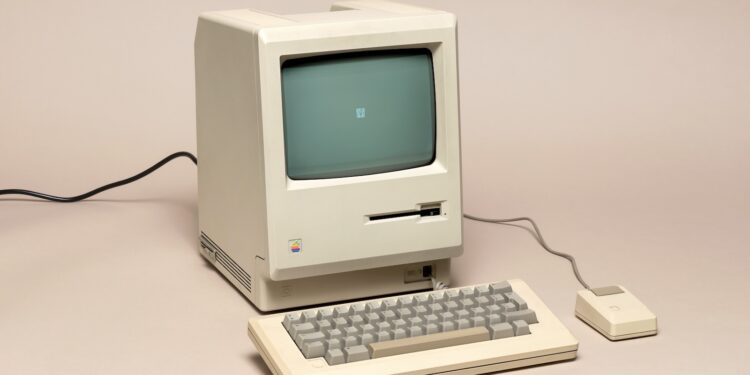If you regularly use an Apple product, you may have subconsciously come into contact with the work of Bill Atkinson. The software developer was a key member of Apple's original Macintosh team and developed programs and technologies that have left their mark on nearly every user interface to this day. On June 5, 2025, Bill Atkinson died of pancreatic cancer at the age of 74. Apple CEO Tim Cook publicly paid his respects, calling him one of the greatest programmers of all time.
Bill Atkinson was one of Apple's early employees and had a direct influence on the development of the Macintosh. He was known for his work on MacPaint, QuickDraw, and HyperCard—all milestones in the history of software development. The news of his death sparked reactions beyond the technology world. People like Tim Cook, John Gruber, and Steven Levy have praised him as an exceptionally gifted developer and a key figure in Apple's early years. If you want to know who Bill Atkinson was and why his name still matters, here's an overview of his life and work.
Early years at Apple
Bill Atkinson joined Apple in 1978 as employee number 51. The company was still young at the time but full of ambition. Atkinson quickly became a close confidant of Steve Jobs and was part of the core team that developed the first Macintosh. His technical expertise was exceptional, but even more important was his understanding of how to make software accessible to people.
QuickDraw: The foundation for graphical user interfaces
One of his first major achievements at Apple was the development of QuickDraw. This graphics library was responsible for rendering the Macintosh user interface. QuickDraw made it possible to display windows, icons, and fonts efficiently—in a way that was extremely fast for the time. A small but significant anecdote: Steve Jobs asked Atkinson to incorporate rounded rectangles into QuickDraw. Atkinson initially thought this was unnecessary, but implemented it. In retrospect, it became clear that precisely such details made Apple software more human and appealing—a core aspect of Apple's design philosophy.
MacPaint: Creativity on the screen
Atkinson's next major achievement was MacPaint. It was the first painting software that allowed you to draw pictures with a mouse. MacPaint was easy to use and became an early creative computer experience for many users. The software was not only technically innovative but also a symbol of how computers could be used not just for numbers and text, but also for creative expression.
HyperCard: The principle of the hyperlink
Atkinson later developed HyperCard. This program was based on so-called cards that could be connected to each other using buttons. It allowed users to build interactive applications without in-depth programming knowledge. HyperCard is considered a precursor to the internet because it popularized the principle of hyperlinks. So, when you click on a link on a website today, you are indirectly connected to Atkinson's work.
Reactions to his death
After Atkinson’s death, Apple CEO Tim Cook paid tribute to him on X , saying:
Perhaps the best computer programmer who ever lived.
Tech journalist John Gruber also wrote :
What a man, what a mind, what a gift to the world he left us.
Steven Levy, a journalist at Wired , recalled Jobs walking with Atkinson and developing a vision that digital interfaces should be more closely aligned with the real world. Atkinson translated this idea into code.
Bill Atkinson's legacy in everyday life
Bill Atkinson wasn't your typical star programmer who stole the spotlight. But his work shaped the everyday lives of millions of people. Whether you used MacPaint, navigated an iPhone interface, or simply clicked a link, much of it has its roots in technologies Atkinson developed. He was a quiet innovator who showed that good software doesn't have to be loud to have a lasting impact. If you weren't familiar with the name Bill Atkinson before, you now know why he was so important to Apple and the entire IT world. (Image: Shutterstock / Photology1971)
- Health as a priority: Apple's big plan for the future
- Will we still need the iPhone in 10 years? Apple doubts
- Apple Park: Apple's architectural vision in detail





